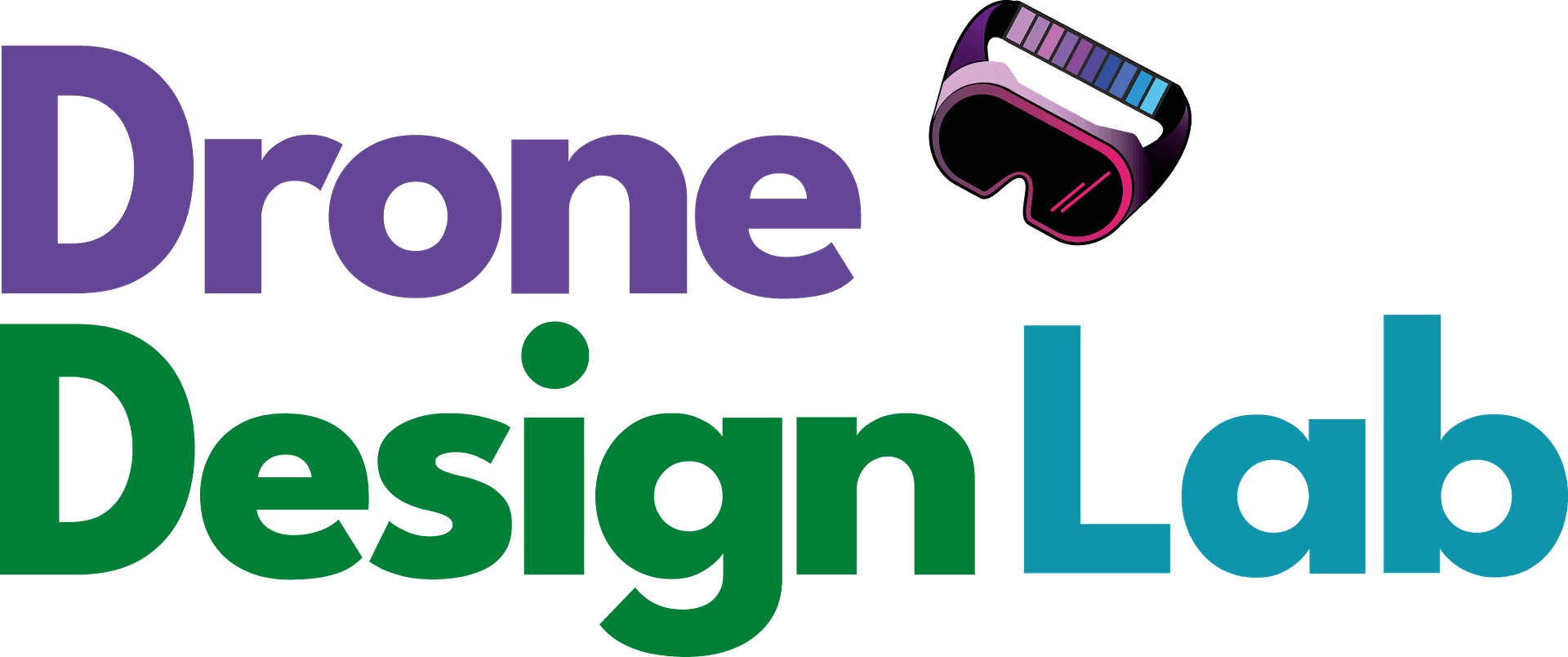What is STEM education?
STEM stands for Science, Technology, Engineering, and Mathematics. STEM education is an interdisciplinary approach to learning that integrates these four subjects in a practical and hands-on way. The goal of STEM education is to give students the skills and knowledge they need to understand and solve real-world problems, and to prepare them for careers in fields that rely on these disciplines.
Drone place an important role in education
Drones can be a valuable tool for STEM education, as they provide a hands-on and interactive way for students to learn about a wide range of topics, including technology, engineering, physics, and mathematics. For example, students can use drones to learn about the principles of flight, control systems, and programming, and can use drones to conduct experiments and gather data for scientific projects. Drones can also be used to engage students in problem-solving and critical thinking activities, which can help to develop their analytical and creative skills. Overall, drones can be a fun and effective way to teach STEM concepts and to inspire students to pursue careers in these fields.
Read more about STEM Drones.
STEM in US and AUS
In the United States, the National Science Foundation (NSF) is a major funder of STEM education and research, and the Department of Education and other federal agencies also support STEM education through a variety of programs and initiatives. In Australia, the Australian Government’s Department of Education, Skills, and Employment is responsible for STEM education policy, and there are also a range of state and territory agencies and organizations that support STEM education and research. Both the United States and Australia have a strong tradition of research and innovation in STEM fields, and both countries have a high demand for workers with STEM skills.
STEM education is EU
STEM education is also a priority in Europe, as there is a recognition of the importance of science, technology, engineering, and mathematics for the future of the economy and for addressing many of the challenges facing society. In Europe, there are a range of initiatives and programs to promote STEM education and research, including the European Union’s Horizon 2020 program, which provides funding for a wide range of research and innovation projects, including those in STEM fields.
Many European countries have also implemented their own initiatives and programs to support STEM education and research. For example, in the United Kingdom, the government’s Department for Business, Energy, and Industrial Strategy leads STEM policy and coordinates the work of various agencies and organizations that support STEM education and research. In Germany, the Federal Ministry of Education and Research is responsible for STEM policy, and there are also a range of regional and local organizations that support STEM education and research. Overall, Europe has a strong tradition of excellence in STEM fields, and there is a high demand for workers with STEM skills in many European countries.





